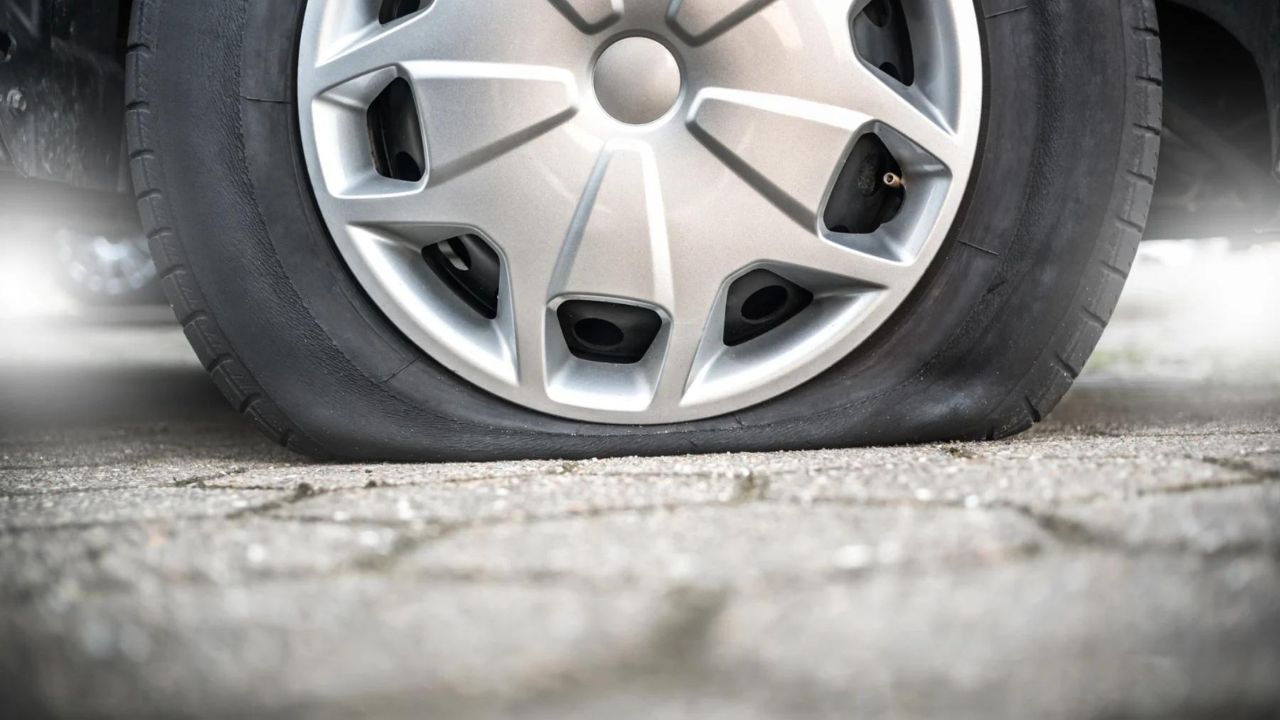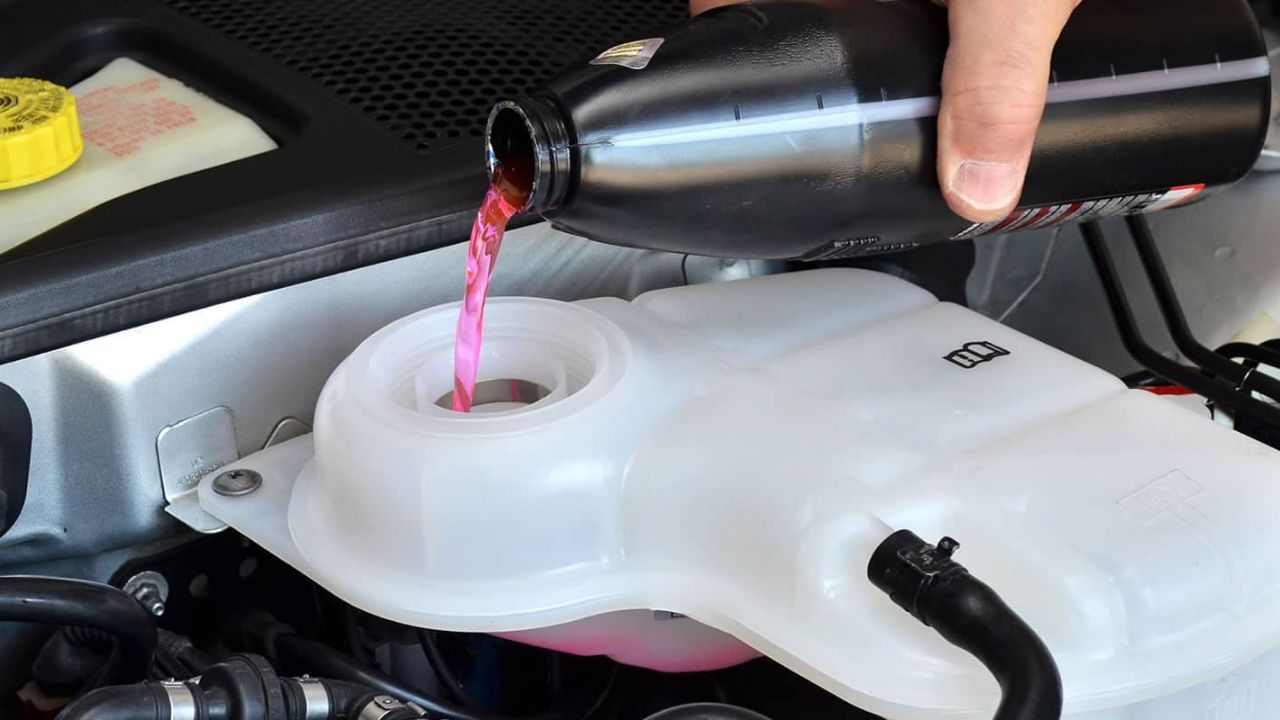How to Reset Car Computer: A Comprehensive Guide to Troubleshooting and Optimization
Common Mistakes When Resetting a Car Computer
Resetting a car computer is typically a straightforward process, but several common mistakes can complicate it. Below is a detailed list of these pitfalls along with step-by-step guidance to help you avoid them:
- Not Waiting Long Enough After Disconnecting the Battery
- Mistake: Rushing to reconnect the battery after disconnection can prevent the ECU from shutting down completely.
- Solution:
- Disconnect the Battery: Start by turning off your vehicle and removing the keys.
- Open the Hood: Use your car’s hood release to access the battery.
- Disconnect the Negative Terminal: Use a wrench to loosen the nut on the negative (-) terminal and remove the cable.
- Wait for at Least 15-30 Minutes: Allow sufficient time for the ECU to power down completely. This ensures that any residual power is discharged.
- Reconnect the Battery: After waiting, reconnect the negative terminal and tighten the nut securely.
- Skipping the Recalibration Process
- Mistake: Failing to let the vehicle idle after resetting can lead to suboptimal performance and error codes.
- Solution:
- Start the Engine: Once the battery is reconnected, start your vehicle.
- Allow It to Idle: Let the car idle for about 5-10 minutes without any load (i.e., no air conditioning or accessories on). This gives the ECU time to gather data from various sensors.
- Take It for a Test Drive: Drive the car for about 10-15 minutes, allowing the ECU to adjust and recalibrate to your driving style and conditions.
- Using the Wrong Tools
- Mistake: Utilizing an OBD-II scanner that isn’t compatible with your vehicle may create additional error codes or fail to reset the ECU properly.
- Solution:
- Research Compatibility: Before purchasing or borrowing an OBD-II scanner, check its compatibility with your car’s make and model.
- Read the Manual: Familiarize yourself with the scanner’s operation by reading the user manual thoroughly.
- Connect the Scanner Correctly: Plug the scanner into the OBD-II port, usually located under the dashboard near the driver’s seat.
- Follow On-Screen Instructions: Use the scanner according to its guidelines to ensure a proper reset without generating new error codes.
- Disconnecting Both Battery Terminals
- Mistake: Disconnecting both the positive (+) and negative (-) terminals can result in losing essential vehicle settings like radio presets and clock settings.
- Solution:
- Identify the Terminals: Locate the positive and negative battery terminals.
- Disconnect Only the Negative Terminal: For most resets, only disconnect the negative terminal as outlined in step 1.
- Leave the Positive Connected: This helps retain some settings and avoids the need to reprogram everything after the reset.
- Neglecting to Check for Additional Error Codes
- Mistake: After resetting, not checking for new or persisting error codes can leave unresolved issues.
- Solution:
- Use the OBD-II Scanner Again: After the reset and recalibration, reconnect your OBD-II scanner.
- Scan for Codes: Run a diagnostic scan to check for any active or pending error codes.
- Address Any Issues: If new error codes appear, troubleshoot the corresponding issues before continuing to drive the vehicle.
- Ignoring Manufacturer Guidelines
- Mistake: Each vehicle may have specific requirements for resetting the computer that can be overlooked.
- Solution:
- Consult the Owner’s Manual: Before proceeding, check your vehicle’s owner’s manual for any specific instructions related to resetting the computer.
- Look for Online Resources: Manufacturer websites or forums may provide additional insights or nuances for your specific model.
- Follow Manufacturer Procedures: Adhere to any unique reset procedures provided to ensure the best results.
By being mindful of these common mistakes and following the detailed steps provided, you can effectively reset your car computer and optimize your vehicle’s performance without running into complications.
Conclusion: How to reset car computer
Resetting your car computer is a simple but powerful tool for car maintenance. Whether you’re troubleshooting persistent dashboard lights or improving engine performance after a battery replacement, knowing how to reset your ECU can save you time and money. Just remember to follow the correct steps and avoid common mistakes to ensure a smooth reset.
Frequently Asked Questions (FAQ)
- How do you reset your car’s computer system?
To reset your car’s computer system, you typically need to disconnect the negative battery terminal for about 15-30 minutes, allowing the ECU to fully power down. After that, reconnect the terminal and start the engine. Let it idle for a few minutes to allow the ECU to recalibrate. Additionally, you can use an OBD-II scanner to reset specific codes and settings. - Does disconnecting a car battery reset the computer?
Yes, disconnecting the car battery can reset the computer. When you disconnect the negative terminal, it cuts off power to the ECU, allowing it to lose any stored data, including error codes. However, this method may also reset other settings, such as radio presets and clock settings. - How to do a hard reset on a car?
To perform a hard reset on a car, follow these steps:- Turn off the vehicle and remove the keys.
- Open the hood and disconnect the negative battery terminal.
- Wait for at least 15-30 minutes to allow all systems to discharge completely.
- Reconnect the negative terminal, ensuring a secure fit.
- Start the engine and let it idle for a few minutes to recalibrate the ECU.
- How long does it take for a car computer to reset itself?
The time it takes for a car computer to reset itself varies depending on the method used. If you simply disconnect the battery, it generally takes about 15-30 minutes of disconnection for the ECU to power down completely. After reconnecting, the recalibration during idling can take an additional 5-10 minutes. Overall, you should allocate around 30-45 minutes to ensure a proper reset. - How to reset a car computer without disconnecting the battery?
Some vehicles allow you to reset the computer without disconnecting the battery by using an OBD-II scanner. Simply plug the scanner into the OBD-II port, follow the prompts to reset the ECU, and clear any error codes. This method can be quicker and more convenient. - How to reset car computer after battery change?
After changing the battery, it’s a good idea to reset the car computer. Disconnect the negative terminal of the new battery for 15-30 minutes to ensure the ECU powers down completely. Then, reconnect the terminal, start the engine, and let it idle for a few minutes to allow recalibration. - What are the signs that your car computer needs to be reset?
Common signs that indicate your car computer may need to be reset include persistent check engine lights, abnormal engine performance, unusual fuel consumption, or if you’ve recently replaced major components like the battery or engine sensors.
By addressing these frequently asked questions, you can gain a better understanding of the car computer resetting process and its implications.



Post Comment